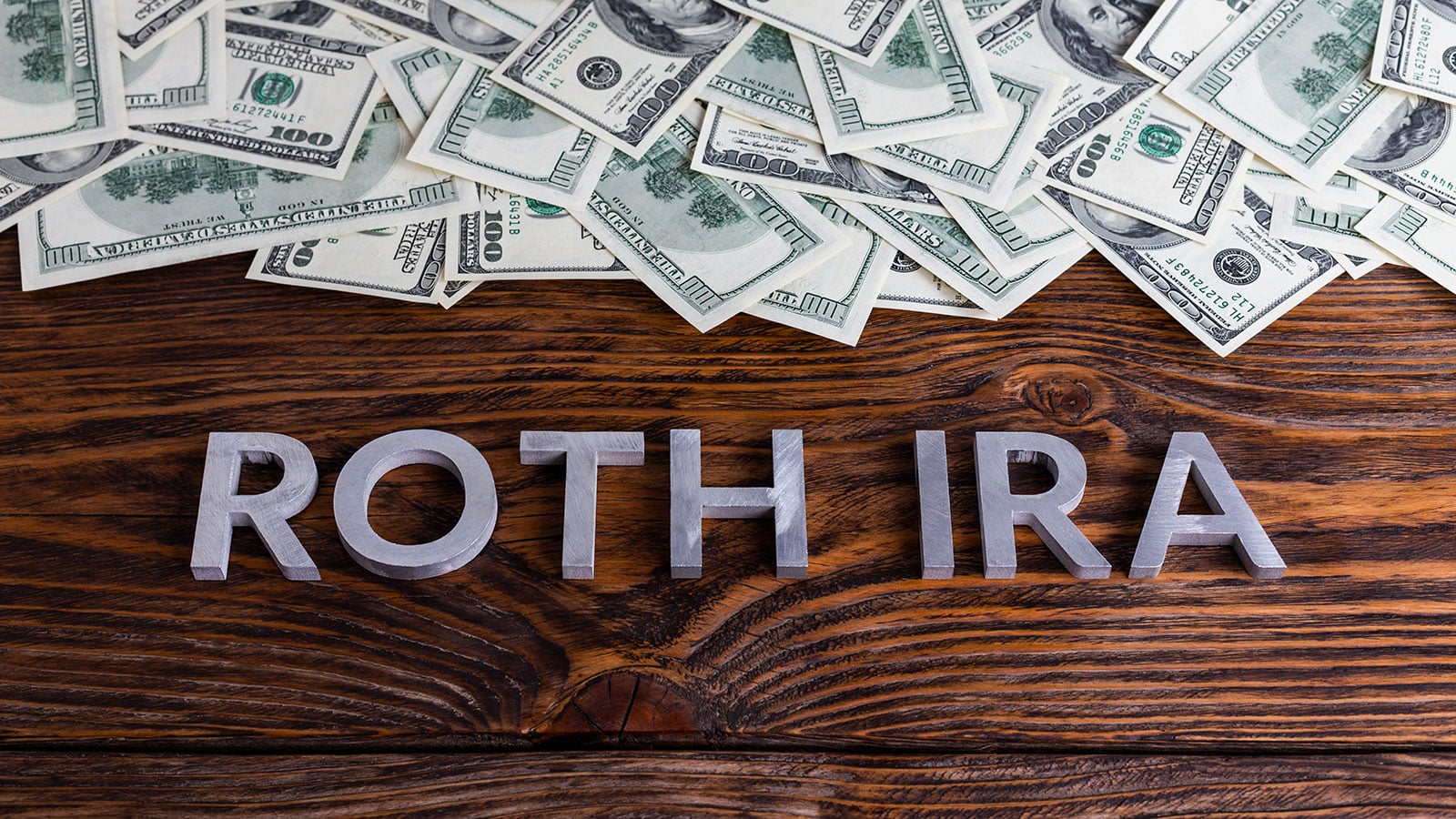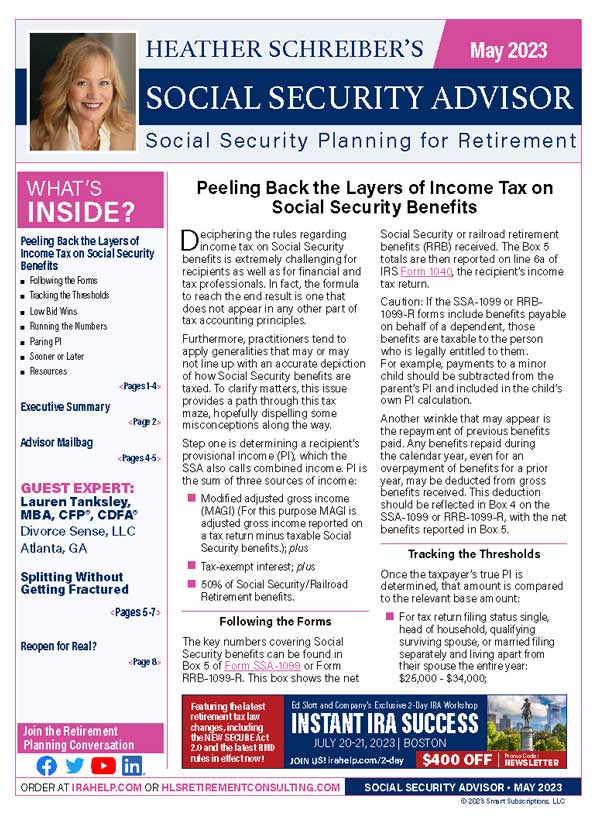It’s hard to believe the Roth IRA has been around for 27 years. Over the years, the frequency of questions about its pros and cons has fluctuated, but with uncertainty surrounding the future of taxes, it’s worth revisiting the risks and rewards of choosing a Roth IRA over a traditional pre-tax IRA.
While this article focuses on the Roth IRA, it’s important to note that Roth deferral elections within 401(k), 403(b), and Thrift Savings plans have become increasingly common. While the same general principles apply to the tax-free reward associated with qualified distributions from designated Roth accounts within employer-sponsored plans, employees should always check with their sponsor for plan specifics.
Understanding the Basics
Unlike traditional deductible IRAs, Roth IRAs are funded with after-tax dollars but share the advantage of tax-deferred growth until withdrawal. For details on eligibility for Roth IRA contributions, visit the IRS website. Additionally, Roth IRAs can be funded through conversions from a qualified plan or traditional IRA, though these conversions are subject to income tax in the year they occur.
The key advantage of a Roth IRA? A qualified distribution is entirely tax-free if certain conditions are met—meaning the gains are never taxed. To qualify, five years must have passed since January 1 of the year of the first Roth contribution or conversion, and the distribution must meet one of the following criteria:
- The account holder is at least 59 ½ years old
- The account holder has become disabled
- The distribution is made to a beneficiary after the account holder’s death
- The funds are used for a first-time home purchase (subject to a $10,000 lifetime limit per qualifying individual)
This feature makes the Roth IRA a powerful tool for retirement income planning, offering potential long-term benefits that can enhance flexibility and financial security in retirement.
Key Advantages Over Traditional IRAs
One significant advantage of the Roth IRA is that its owners are not subject to required minimum distributions (RMDs) during their lifetime. In contrast, traditional IRA owners must begin taking RMDs at age 73. Individuals born in 1960 or later may further delay RMDs until the year they turn 75.
The combination of no lifetime RMDs and tax-free qualified withdrawals makes the Roth IRA a valuable tool for retirement income and legacy planning. Unlike traditional IRAs, Roth IRAs can provide tax-free income to children and grandchildren. Legislation passed under SECURE 1.0 has removed the option for most non-spousal beneficiaries to stretch distributions beyond a 10-year period. As a result, the value of inheriting a tax-free Roth IRA can be significantly greater than that of a traditional pre-tax IRA. This is especially important for an adult child beneficiary who is looking to minimize their tax risk.
Who Should Consider a Roth IRA?
While each financial situation is unique, the ideal Roth IRA candidate typically:
- Holds a significant portion of retirement assets in pre-tax accounts (e.g., traditional IRAs, 401(k)s) and could benefit from tax diversification.
- Has time for the Roth IRA to grow tax-free before withdrawals begin.
- Can pay taxes on Roth conversions from a source other than the converted amount.
- Believes that taxes could be higher in retirement.
That said, every case is different. The trade-off for the future benefits of a Roth IRA is forgoing the upfront tax deduction of a traditional IRA or 401(k) contribution and paying taxes on converted amounts today. This must be carefully considered.
Where Does a Roth IRA Fit into Retirement Income Planning?
A Roth IRA can be a strategic asset in retirement income planning, particularly when managing taxable income and potential tax implications on Social Security benefits and Medicare premiums.
- Social Security Taxation: Up to 85% of Social Security benefits may be subject to federal income tax, depending on an income beneficiary’s “combined income”. Combined income includes various sources such as earned income, pensions, required minimum distributions (RMDs), rental income, and other taxable sources, as well as tax-exempt interest and 50% of annual Social Security benefits. Many retirees are caught off guard by this, as it is often not something they initially planned for. More details on Social Security taxation can be found at SSA’s website.
- Medicare Premium Surcharges (IRMAA): If their modified adjusted gross income (MAGI) exceeds certain thresholds, higher-income Medicare beneficiaries face increased premiums for Parts B and D. In 2023, individuals with MAGI above $106,000 and couples above $212,000 saw surcharges applied to their Medicare premiums in 2025 (since IRMAA calculations are based on tax returns from two years prior).
Having tax-diversified retirement assets allows for better income planning. Using a Roth IRA for distributions can help retirees avoid or reduce these tax consequences, as qualified Roth IRA withdrawals do not count toward taxable income for Social Security or Medicare purposes. However, clients should always consult with their tax advisor before making decisions.
The Bottom Line
Each client’s financial situation is unique, with various circumstances and goals. The future of tax rates is uncertain, but proactive planning can help clients better prepare for unexpected changes. By incorporating Roth IRAs into their retirement strategy, retirees can employ flexibility in their drawdown strategies to mitigate tax risk during retirement.
- Roth IRAs: A Powerful Tool for Tax Efficient Planning - February 28, 2025
- Understanding Medicare’s Initial Enrollment Period - August 2, 2024
- Social Security Cost-of-Living Adjustment for 2024: The Numbers Are In! - November 13, 2023





